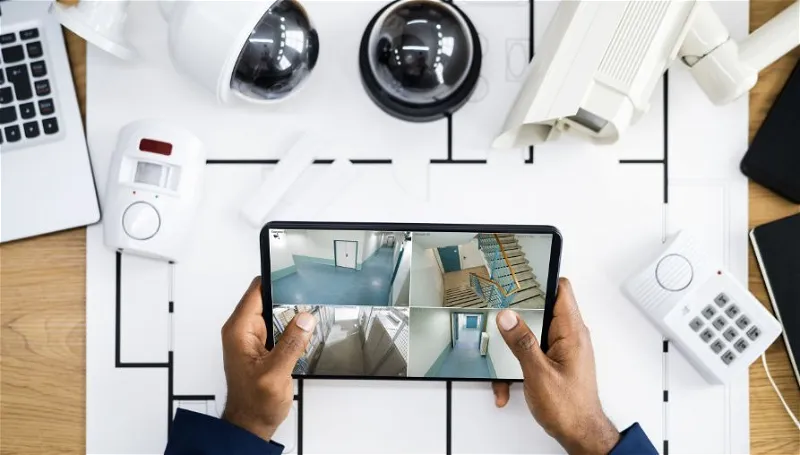Biometrics and Beyond: The Future of Advanced Home Access Systems”
As technology continues to advance, so does the evolution of home access systems. The traditional lock and key are giving way to sophisticated, high-tech solutions that prioritize security, convenience, and seamless integration into our daily lives. This article explores the future of home access systems, with a focus on biometrics and other cutting-edge technologies that redefine how we secure and interact with our living spaces.
1. **Biometric Authentication:**
Biometrics, which involve the use of unique physical or behavioral characteristics for identification, are at the forefront of advanced home access systems. Fingerprint recognition, iris scanning, and facial recognition are becoming mainstream, offering secure and personalized entry without the need for traditional keys.
2. **Facial Recognition Technology:**
Facial recognition, in particular, is gaining prominence in home security. Integrated with smart doorbell cameras and home security systems, facial recognition allows homeowners to grant access to trusted individuals while enhancing protection against unauthorized entry. This technology adds an extra layer of security by verifying identity through facial features.
3. **Voice Recognition Systems:**
Voice recognition technology is making its mark in the realm of home access. Smart locks and virtual assistants can be programmed to recognize specific voices, enabling hands-free and secure access to the home. This not only enhances convenience but also ensures that access is granted only to authorized users.
4. **Palm and Vein Recognition:**
Advancing beyond fingerprints, palm and vein recognition systems are emerging as sophisticated biometric solutions. These technologies analyze the unique vein patterns or palm prints of individuals, providing a secure and contactless method of home access. The non-intrusive nature of these systems adds to their appeal.
5. **Smartphone-Based Access:**
The ubiquitous smartphone is becoming a central component of advanced home access systems. With Bluetooth and Near Field Communication (NFC) technology, smartphones can act as digital keys, allowing homeowners to unlock doors with a simple tap or approach. This method offers flexibility, allowing for remote access and management.
6. **Artificial Intelligence (AI) Integration:**
The integration of artificial intelligence adds a layer of intelligence to home access systems. AI algorithms can learn user behaviors, detect anomalies, and adapt to evolving security needs. This proactive approach enhances the overall security posture of the home, identifying and responding to potential threats in real time.
7. **Gesture Recognition:**
Gesture recognition technology enables users to unlock doors or gates through specific hand movements or gestures. This touch-free approach is not only convenient but also aligns with the growing emphasis on hygiene and cleanliness in the post-pandemic era.
8. **Multi-Factor Authentication:**
To bolster security, home access systems are increasingly adopting multi-factor authentication. Combining two or more identification methods, such as fingerprint and facial recognition or voice and smartphone authentication, enhances the robustness of access control, making it more challenging for unauthorized individuals to gain entry.
Conclusion:
The future of advanced home access systems lies at the intersection of biometrics and cutting-edge technologies. As homes become smarter and more connected, these innovations offer a glimpse into a world where access is not only secure but also seamlessly integrated into our daily routines. The marriage of biometrics, artificial intelligence, and smartphone technology heralds a new era in home security, promising enhanced protection and unparalleled convenience for homeowners.





Post Comment